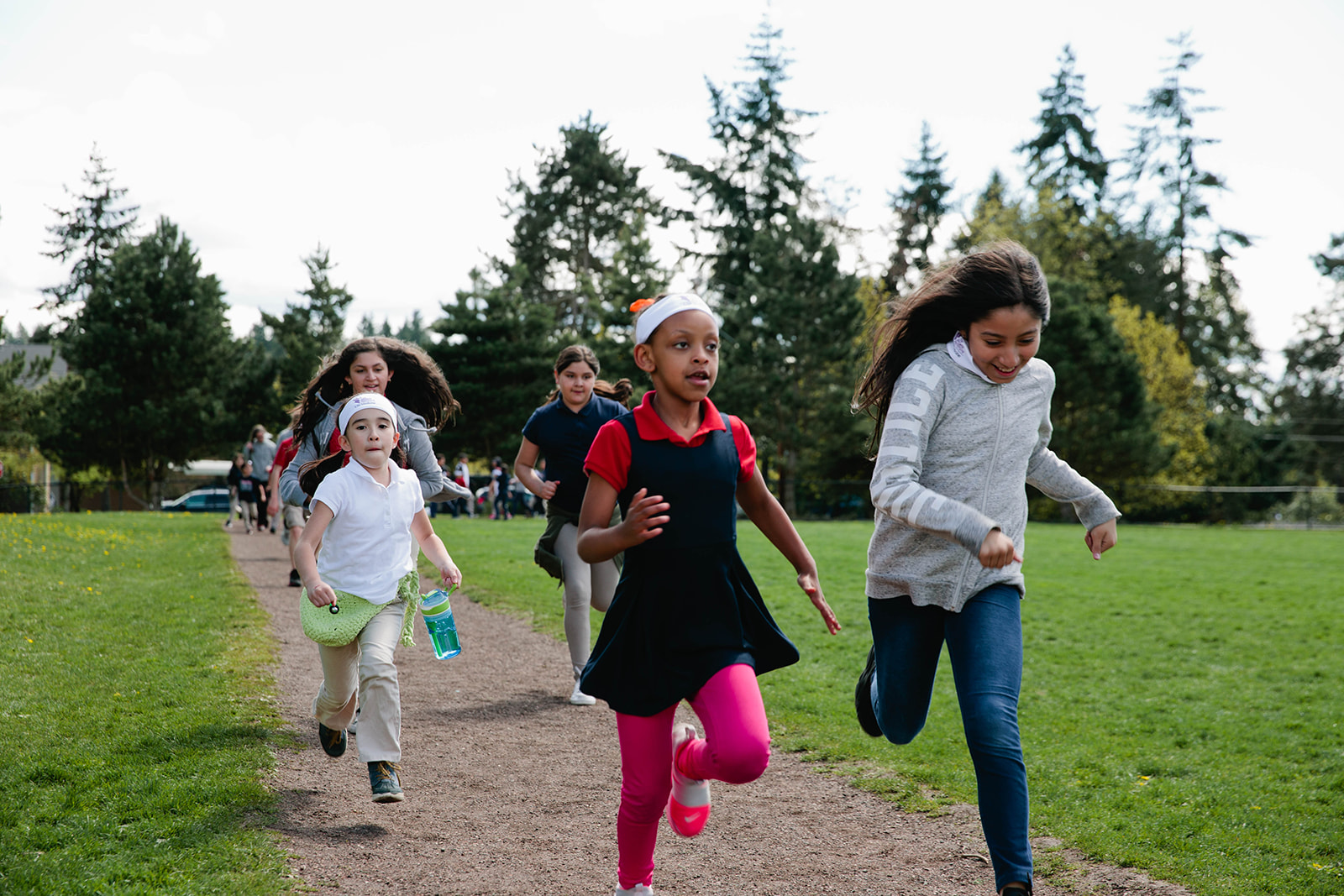Lift Barriers to Youth Sports and Physical Activity
By Samuel Browd, as originally posted by the Seattle Times

Earlier this year, the American College of Sports Medicine ranked Seattle second in the 2019 American Fitness Index of healthiest cities. But, as we learned from this month’s State of Play: Seattle-King County report, our most important residents are being left behind.
The Aspen Institute Sports & Society Program and colleagues at the University of Washington Center for Leadership in Athletics assessed the current state of play for youth physical activity in the region and leveled a harsh grade.
Less than 20% of youth in King County get the Centers for Disease Control recommendation for 60 minutes of physical activity every day. Too many of our kids report being priced out of sports and activities — even in schools. Economic and cultural differences, like income, the neighborhood a child lives in and the language spoken at home, leave too many children in Seattle and King County on the sidelines.
Nationwide, the story is just as grim. Children are less active than ever before. Less than half of children in the United States have adequate heart and lung fitness. At the same time, physical education budget cuts are on the rise across America.
It’s easy to look at this problem and say it’s too complicated to solve. But at The Sports Institute at UW Medicine, we see this as a chance to reset our approach to youth sports, exercise and physical activity in Seattle and King County.
We can harness this opportunity by building a more inclusive community of movement. That means establishing policies driven by research and rooted expert advice; properly educating parents and coaches on the risks associated with sports and injury; and using technology to level the playing field for everyone.
To help, we are launching The Daily Mile USA, with partners at the Highline School District and others in King County. It’s an inclusive, fun and — most important — free program founded in the United Kingdom that asks students to run at their own pace for 15 minutes during the academic day. And to prove that asking teachers to sacrifice valuable academic minutes is the right thing to do, we’re studying this intervention to show the value of physical activity in improving the learning, behavior and social emotional health of our students.
Too often we employ programs with good intentions, but no understanding of actual impact. By piloting and studying a program to make sure it works in the ways we need, and then scaling that program through partnership, we can build physical activity resources in communities that are more effective and sustainable.
As a parent, this work matters to me. But this opportunity cannot rest with parents, educators and policymakers alone. We need to engage more stakeholders, like my colleagues in medicine.
Exercise is under-discussed and under-prescribed in health-care settings because physicians are reluctant to recommend expensive and inconvenient exercise resources. Patients, for their part, are often unaware of low-cost exercise resources available to them — especially those who require disabled accessible opportunities. By using technology, we can arm trusted sources in our community with the right tools to introduce more opportunities to move.
Finally, if we’re serious about keeping kids active, we must commit to making sports participation as safe as possible for our children. We need to fund and support research to understand the causes of injury in youth athletes. Doctors, clinicians and advocates need to redouble our efforts to communicate research-backed information with parents and coaches about the risks associated with youth sports — beyond concussion. And we need to deliver access to qualified sports medicine clinicians — like athletic trainers — to more children in our community.
Building the physical activity environment our children need and deserve will require innovation, partnership and research-backed interventions. All things, fortunately, that Seattle-King County has in spades.

